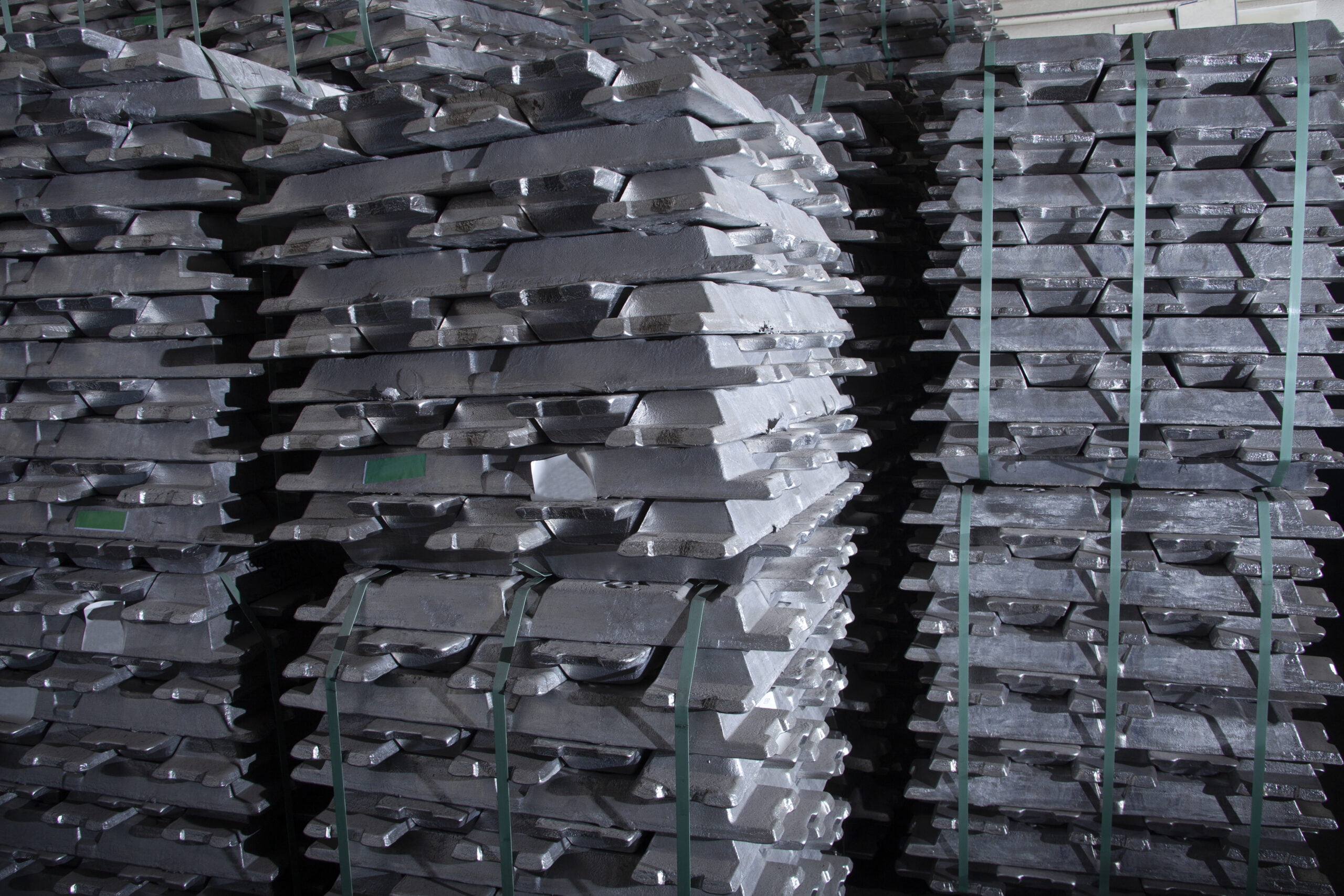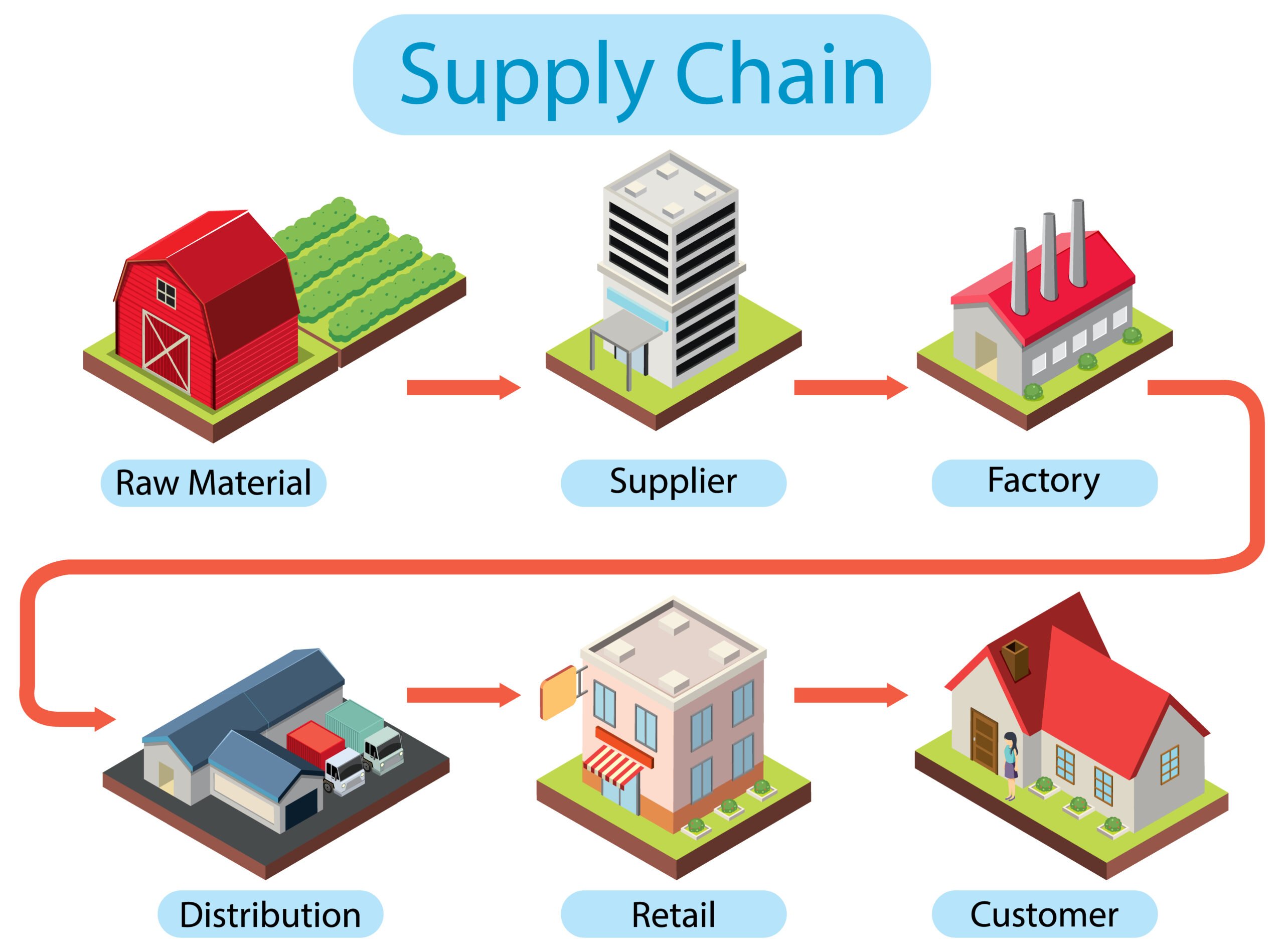
Introduction
What are Stock Goods, and What is Inventory?
What is Stock?
Take the instance of a fashion store; the shirts, jeans, and accessories are all in stock, though one might add them to certain display counters in the backroom. All of these are purchased from various suppliers and are meant to be sold to the clientele. Once it gets sold off, it ceases to be in the stock, but the stock is regularly replenished in order to be able to keep up with the demand.

Take the instance of a fashion store; the shirts, jeans, and accessories are all in stock, though one might add them to certain display counters in the backroom. All of these are purchased from various suppliers and are meant to be sold to the clientele. Once it gets sold off, it ceases to be in the stock, but the stock is regularly replenished in order to be able to keep up with the demand.
What is Inventory?

For example, inventory for an automobile manufacturer would include the steel, glass, and rubber forming the vehicles, the cars halfway assembled on the manufacturing floor, and the finished cars ready to be shipped. An effective inventory when it comes to asset management would focus on making sure the manufacturer can cope with a sufficient quantity in running the production activities so the capital is not tied up by overstocking.
Industry-Specific Uses of Stock vs Inventory
Retail Industry
Retail groups want to carefully manipulate their stock to avoid running out of popular items while also making sure they don’t overstock, which may result in losses if products expire or exit the season. Inventory management in retail includes monitoring both the stock and the extra objects needed to keep the shop functioning effectively.
Manufacturing Industry
Effective stock management in production guarantees that production runs easily by keeping track of all components. This facilitates avoiding production delays due to a loss of materials while additionally preventing overproduction, which could lead to extra inventory and expanded storage charges.
Service Industry
Service agencies must manage their stock carefully to meet high carrier requirements without overinvesting in perishable or fast-depreciating objects. For example, a resort may need to balance the desire to have sufficient clean linens available while warding off the excess that could result in waste or pointless charges.
Understanding the Inventory vs Stock Difference
Inventory, however, is a broader concept. It includes everything that a company owns and uses to generate sales. This encompasses inventory but additionally consists of raw substances, work-in-development items, and elements that might be important for daily operations. In other words, all stock is inventory, but not all inventory is stock.
How These Differences Impact Business Operations
Supply Chain and Production Processes

Customer Satisfaction
Cost Efficiency
Strategic Decision-Making
For the sake of clarity and simplicity, we have prepared the following table for you:
| Aspect | Stock | Inventory |
| Definition | Goods ready for sale to customers | All items a business owns, including raw materials, work-in-progress, and finished goods |
| Scope | Specific to finished products or goods for sale | Includes stock as well as raw materials, components, and supplies |
| Purpose | Directly linked to generating revenue through sales | Supports the entire production and operational process |
| Visibility to Customers | Visible and available for purchase by customers | Generally not visible to customers, except in the form of finished products |
| Revenue Generation | Directly contributes to revenue upon sale | Indirectly contributes to revenue by enabling production and operations |
| Role in Operations | Focuses on meeting immediate customer demand | Ensures the smooth functioning of the entire business process, from production to delivery |
| Management Focus | Ensuring the availability of products for sale | Balancing resource allocation, production needs, and operational efficiency |
Asset Management for Warehouse: Stock and Inventory Management Strategies

What is Stock Management?
Stock management involves overseeing and controlling the merchandise prepared for sale or distribution. The main goal is to guarantee that the correct products are ready for purchase when needed to satisfy customer needs. Stock management includes monitoring the movement of products in and out of the warehouse, keeping an eye on levels of goods, and restocking items when necessary.
In the realm of warehouse activities, effective stock management is crucial for storing finished goods in a streamlined manner and making them readily available when required. This approach avoids both stock shortages and surplus stock, which can negatively impact a business’s finances.
What is Inventory Management?
Inventory management is a wide concept that involves all stages of goods in a warehouse, from raw materials to finished products. It includes the methodical monitoring, holding, and arranging of every single item utilised by a company in its functions. What is inventory management? It is necessary for warehouse productivity, guaranteeing that all essential materials are ready for production, assembly, or sale.
Inventory management software is essential for monitoring and handling items in a warehouse environment. This program assists businesses in tracking inventory levels, coordinating orders, and maximising storage efficiency. Efficient inventory control guarantees smooth warehouse operations with minimal interruptions to the supply chain.
Stock Management vs Inventory Management: Key Differences
- Scope: Stock management is concerned with finished goods only, while inventory management covers all items within the warehouse, including raw materials and work-in-progress items.
- Objective: Stock management aims to meet immediate sales demand, whereas inventory management is about optimising the entire production and supply chain process.
- Tools: Stock management may involve simpler tracking systems, while inventory management often requires comprehensive inventory management software to handle the complexity of managing diverse assets.
Stock Management vs Inventory Management: Key Differences
Benefits and Advantages of Inventory Tracking Programs

- Accuracy in Tracking: Modern inventory management software provides real-time tracking of all items within a warehouse, ensuring that data is always up-to-date and accurate.
- Improved Efficiency: Automated tracking systems reduce the need for manual input, speeding up operations and reducing the risk of human error.
- Cost Savings: By optimising stock levels and reducing excess inventory, businesses can minimise storage costs and free up capital for other uses.
- Enhanced Decision-Making: Inventory management software provides detailed insights that allow managers to make informed decisions about purchasing, production, and distribution.
- Better Management of Fixed Assets: For businesses that rely heavily on physical assets, such as machinery or equipment, fixed asset inventory tracking ensures that these assets are properly maintained and accounted for, extending their lifespan and reducing the risk of unexpected breakdowns.
.
Conclusion
In conclusion, the distinction between stock management and inventory management is crucial for effective asset management for warehouse operations. By implementing robust inventory management software and understanding the roles these strategies play, businesses can achieve greater efficiency, cost savings, and overall operational success.

Try itemit
Choose a better way to track
your assets.
Start your free 14-day trial now!
Frequently Asked Questions
Are Stock and Inventory the Same?
What Is Safety Stock in Inventory?
What Is the Purpose of Safety Stock in Inventory Management?
How to Manage Stock Inventory Effectively?
How to Keep Track of Stock Inventory?
What Is Cycle Stock Inventory?

Keep Learning
itemit Blog
Tips, guides, industry best practices, and news.
What Is Active RFID? A Complete Guide to Smart RFID Tags
Discover what Active RFID is, how active tags function, and the key benefits and use cases that make this technology essential for modern tracking systems.
Everything You Need to Know About 2D Barcodes
Discover everything about 2D barcodes, including how they work, their benefits, and how they are revolutionizing industries and improving business operations
Complete Guide to Asset Lifecycle Management and Its Benefits
Learn about asset lifecycle management and how it helps businesses optimize asset usage, reduce costs, and improve efficiency throughout the asset’s life.



